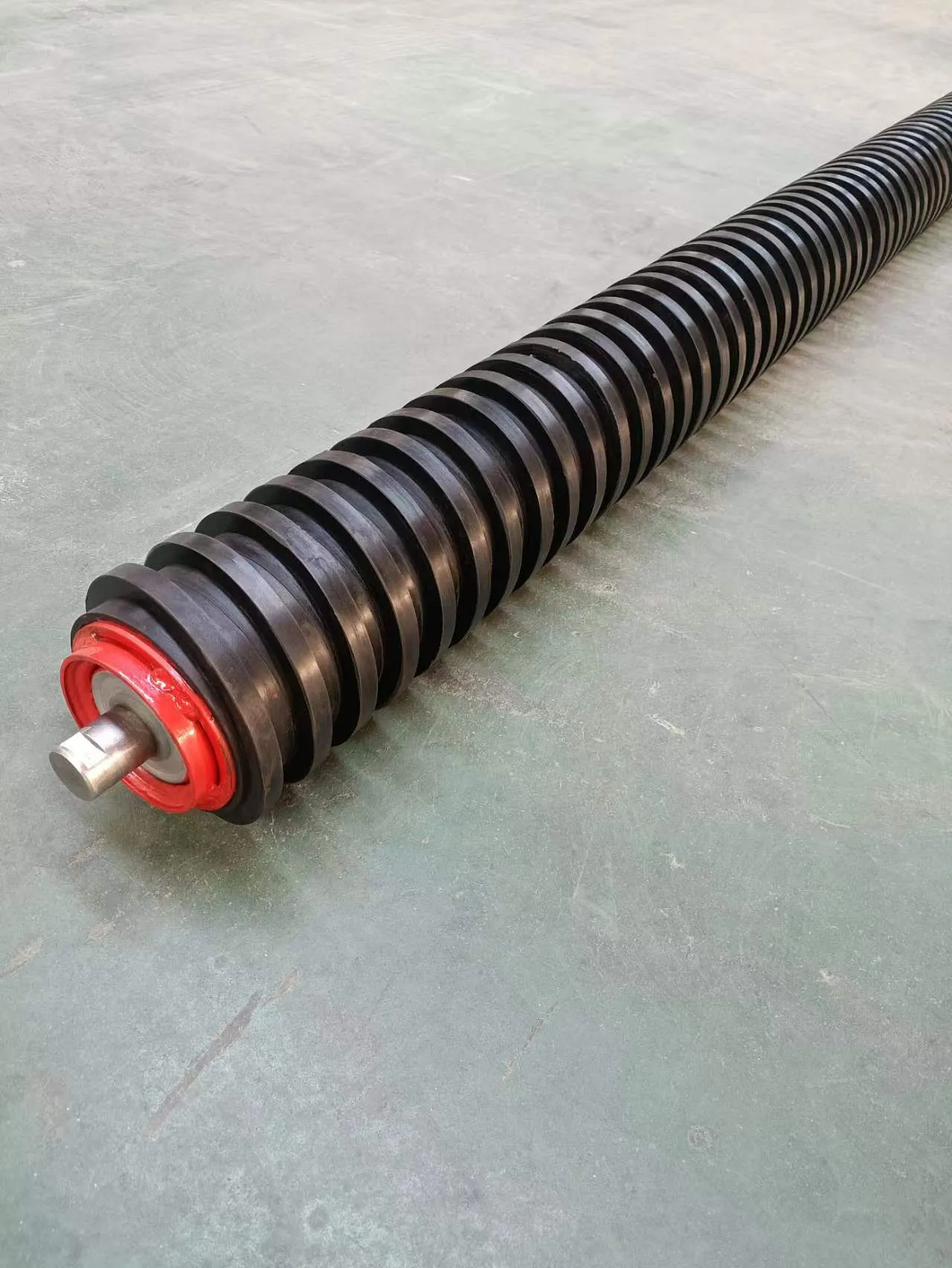 Afrikaans
Afrikaans  Albanian
Albanian  Amharic
Amharic  Arabic
Arabic  Armenian
Armenian  Azerbaijani
Azerbaijani  Basque
Basque  Belarusian
Belarusian  Bengali
Bengali  Bosnian
Bosnian  Bulgarian
Bulgarian  Catalan
Catalan  Cebuano
Cebuano  Corsican
Corsican  Croatian
Croatian  Czech
Czech  Danish
Danish  Dutch
Dutch  English
English  Esperanto
Esperanto  Estonian
Estonian  Finnish
Finnish  French
French  Frisian
Frisian  Galician
Galician  Georgian
Georgian  German
German  Greek
Greek  Gujarati
Gujarati  Haitian Creole
Haitian Creole  hausa
hausa  hawaiian
hawaiian  Hebrew
Hebrew  Hindi
Hindi  Miao
Miao  Hungarian
Hungarian  Icelandic
Icelandic  igbo
igbo  Indonesian
Indonesian  irish
irish  Italian
Italian  Japanese
Japanese  Javanese
Javanese  Kannada
Kannada  kazakh
kazakh  Khmer
Khmer  Rwandese
Rwandese  Korean
Korean  Kurdish
Kurdish  Kyrgyz
Kyrgyz  Lao
Lao  Latin
Latin  Latvian
Latvian  Lithuanian
Lithuanian  Luxembourgish
Luxembourgish  Macedonian
Macedonian  Malgashi
Malgashi  Malay
Malay  Malayalam
Malayalam  Maltese
Maltese  Maori
Maori  Marathi
Marathi  Mongolian
Mongolian  Myanmar
Myanmar  Nepali
Nepali  Norwegian
Norwegian  Norwegian
Norwegian  Occitan
Occitan  Pashto
Pashto  Persian
Persian  Polish
Polish  Portuguese
Portuguese  Punjabi
Punjabi  Romanian
Romanian  Russian
Russian  Samoan
Samoan  Scottish Gaelic
Scottish Gaelic  Serbian
Serbian  Sesotho
Sesotho  Shona
Shona  Sindhi
Sindhi  Sinhala
Sinhala  Slovak
Slovak  Slovenian
Slovenian  Somali
Somali  Spanish
Spanish  Sundanese
Sundanese  Swahili
Swahili  Swedish
Swedish  Tagalog
Tagalog  Tajik
Tajik  Tamil
Tamil  Tatar
Tatar  Telugu
Telugu  Thai
Thai  Turkish
Turkish  Turkmen
Turkmen  Ukrainian
Ukrainian  Urdu
Urdu  Uighur
Uighur  Uzbek
Uzbek  Vietnamese
Vietnamese  Welsh
Welsh  Bantu
Bantu  Yiddish
Yiddish  Yoruba
Yoruba  Zulu
Zulu belt idler roller
Understanding Belt Idler Rollers Essential Components in Conveyor Systems
Belt idler rollers play a vital role in the operation and efficiency of conveyor systems across various industries, including manufacturing, mining, and logistics. While often overlooked, these components are essential for the smooth movement of materials and products from one location to another. This article delves into the significance, types, and maintenance of belt idler rollers and how they contribute to the overall performance of conveyor systems.
What are Belt Idler Rollers?
Belt idler rollers are cylindrical components that support the weight of the conveyor belt as it moves. They are positioned at intervals along the conveyor system, providing both support and stability to the belt, assisting in maintaining alignment, and ensuring the belt moves smoothly over the framework. By minimizing friction and wear, idler rollers help extend the lifespan of both the conveyor belt and the entire system.
The Importance of Belt Idler Rollers
The primary function of belt idler rollers is to support the conveyor belt's load while it is in motion. This support minimizes sagging and ensures the belt functions efficiently. If the rollers are improperly installed or if they fail, it can lead to belt misalignment, increased friction, and ultimately, belt damage. This can result in costly downtimes and repairs, making the selection and maintenance of idler rollers critical for operational efficiency.
Moreover, the correct type of idler roller can also affect energy consumption. Rollers designed with advanced materials and aerodynamic shapes can significantly decrease friction, thereby requiring less energy to move the conveyor belt. This energy efficiency can translate into considerable savings in operating costs, making it imperative to ensure that idler rollers are selected based on the specific requirements of the application.
Types of Belt Idler Rollers
Belt idler rollers come in various types, each suited for specific applications. Some of the most common types include
1. Full-Covered Rollers These rollers are designed to protect the belt from material build-up and environmental exposure, making them ideal for high-dust or wet environments.
belt idler roller

2. Return Rollers Located on the return side of the conveyor, these rollers help guide the conveyor belt back to its starting position while providing support to keep the belt stable.
3. Training Rollers These are used to ensure the conveyor belt remains aligned during operation. They help prevent the belt from drifting, which can lead to uneven wear and potential damage.
4. Impact Rollers Positioned at loading points, impact rollers are designed to absorb the shock of heavy materials being dropped onto the belt, thus reducing the risk of belt damage.
Maintenance of Belt Idler Rollers
Regular maintenance of belt idler rollers is crucial for ensuring their longevity and the efficient performance of the conveyor system. Key maintenance practices include
- Inspection Routine checks should be performed to inspect for signs of wear, damage, or misalignment. Any anomalies should be addressed promptly to prevent further issues.
- Cleaning Keeping rollers clean and free from debris helps to minimize friction and wear on both the rollers and the conveyor belt.
- Lubrication Regular lubrication of roller bearings is essential to reduce friction and prevent overheating, thus prolonging the life of the rollers.
Conclusion
Belt idler rollers may not be the most glamorous components of conveyor systems, but their impact on operational efficiency, energy savings, and equipment longevity cannot be underestimated. By understanding the role of these components and maintaining them properly, businesses can enhance their conveyor system performance, ensure smooth material handling, and ultimately, drive productivity. Investing time and resources into the optimal selection and upkeep of belt idler rollers is a wise decision for any operation relying on conveyor technology.
-
Revolutionizing Conveyor Reliability with Advanced Rubber Lagging PulleysNewsJul.22,2025
-
Powering Precision and Durability with Expert Manufacturers of Conveyor ComponentsNewsJul.22,2025
-
Optimizing Conveyor Systems with Advanced Conveyor AccessoriesNewsJul.22,2025
-
Maximize Conveyor Efficiency with Quality Conveyor Idler PulleysNewsJul.22,2025
-
Future-Proof Your Conveyor System with High-Performance Polyurethane RollerNewsJul.22,2025
-
Driving Efficiency Forward with Quality Idlers and RollersNewsJul.22,2025





























